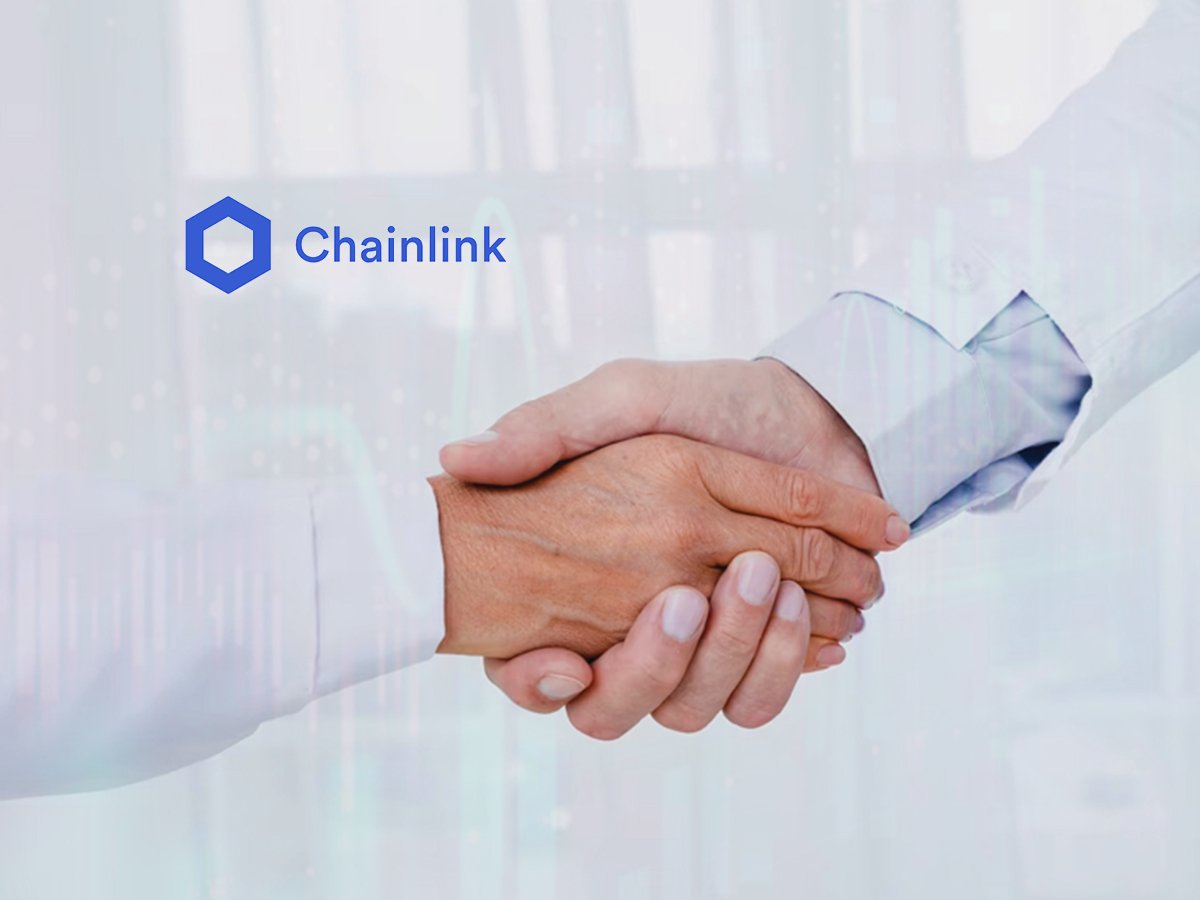Chainlink Partners With GLEIF to Deliver Institutional On-Chain Identity Solutions


On October 1, GLEIF (Global Legal Entity Identifier Foundation) and Chainlink unveiled a strategic partnership to deliver an institutional-grade identity framework for blockchains.
Their joint answer combines GLEIF’s verifiable Legal Entity Identifier (vLEI) with Chainlink’s Cross-Chain Identity (CCID) and Automated Compliance Engine (ACE) to embed verifiable organizational identity directly into on-chain wallets, smart contracts, and.
Why This Partnership Matters
One of the enduring obstacles to large-scale institutional adoption of and tokenization is the lack of a trusted, verifiable on-chain identity. Without it, regulatory compliance, counterparty verification, and cross-jurisdictional trust become hard or risky. The GLEIF–Chainlink answer aims to remove this barrier by enabling identity-verified entities to interact transparently and compliantly in digital asset environments.
By anchoring vLEIs (which are GLEIF’s cryptographically verifiable credentials) on-chain as CCIDs, the system allows institutions to prove their identity in a standardized manner.
These credentials can include additional attributes, for example, accreditation status, jurisdictional compliance flags, or sanctions checks, while preserving user privacy. The ACE component enables automated regulatory logic embedded in, enabling identity-based rules and compliance controls in real time.
Key Use Cases & Benefits
Here are some use cases and benefits:
- issuers can anchor their legitimacy on-chain by verifying contractual identity, distinguishing reserve-backed tokens from fraudulent ones.
- Asset issuers and tokenization platforms can enforce cross-border compliance and traceable provenance throughout the asset lifecycle.
- Custodians and VASPs (Virtual Asset Service Providers) can comply with FATF Travel Rule checks and other regulations without leaking private customer data.
- Regulators and trading venues gain visibility and trust by enforcing participation restrictions and monitoring verified entities only.
- Institutions gain assurance that counterparties are bona fide entities, reducing identity risk in digital environments.
Paving the Way for Institutional Trust in Web3
While promising, the approach must balance privacy and transparency carefully. The system needs cryptographic secureguards to prevent overexposure of identity data while satisfying compliance. Several reports note that GLEIF and intend to preserve privacy while meeting regulatory needs. Moreover, alignment across jurisdictions, especially those with divergent rules on data privacy or disclosure, will be critical to adoption.
Institutional adoption depends on ecosystem support;, platforms, protocols, and regulators must integrate this identity layer. The groundwork by GLEIF and Chainlink intends to catalyze that shift.
With identity and compliance embedded at the infrastructure level, tokenized finance could scale with greater trust, unlocking institutional capital flows that have been hesitant to enter crypto markets.







